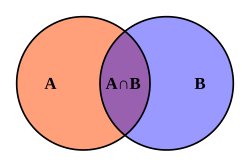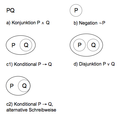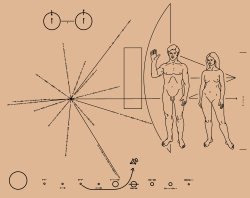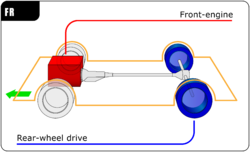Overview
The term "diagram" in its commonly used sense can have a general or specific meaning:
- visual information device : Like the term "illustration", "diagram" is used as a collective term standing for the whole class of technical genres, including graphs, technical drawings and tables.
- specific kind of visual display : This is the genre that shows qualitative data with shapes that are connected by lines, arrows, or other visual links.
In science the term is used in both ways. For example, Anderson (1997) stated more generally: "diagrams are pictorial, yet abstract, representations of information, and maps, line graphs, bar charts, engineering blueprints, and architects' sketches are all examples of diagrams, whereas photographs and video are not". [2] On the other hand, Lowe (1993) defined diagrams as specifically "abstract graphic portrayals of the subject matter they represent". [3]
In the specific sense diagrams and charts contrast with computer graphics, technical illustrations, infographics, maps, and technical drawings, by showing "abstract rather than literal representations of information". [4] The essence of a diagram can be seen as: [4]
- a form of visual formatting devices
- a display that does not show quantitative data (numerical data), but rather relationships and abstract information
- with building blocks such as geometrical shapes connected by lines, arrows, or other visual links.
Or in Hall's (1996) words "diagrams are simplified figures, caricatures in a way, intended to convey essential meaning". [5] These simplified figures are often based on a set of rules. The basic shape according to White (1984) can be characterized in terms of "elegance, clarity, ease, pattern, simplicity, and validity". [4] Elegance is basically determined by whether or not the diagram is "the simplest and most fitting solution to a problem". [6]
Diagrammatology
Diagrammatology is the academic study of diagrams. Scholars note that while a diagram may look similar to the thing that it represents, this is not necessary. Rather a diagram may only have structural similarity to what it represents, an idea often attributed to Charles Sanders Peirce. [7] : 42 Structural similarity can be defined in terms of a mapping between parts of the diagram and parts of what the diagram represents and the properties of this mapping, such as maintaining relations between these parts and facts about these relations. This is related to the concept of isomorphism, or homomorphism in mathematics. [7] : 43
Sometimes certain geometric properties (such as which points are closer) of the diagram can be mapped to properties of the thing that a diagram represents. On the other hand, the representation of an object in a diagram may be overly specific and properties that are true in the diagram may not be true for the object the diagram represents. [7] : 48 A diagram may act as a means of cognitive extension allowing reasoning to take place on the diagram based on which constraints are similar. [7] : 50
This page is based on this
Wikipedia article Text is available under the
CC BY-SA 4.0 license; additional terms may apply.
Images, videos and audio are available under their respective licenses.














